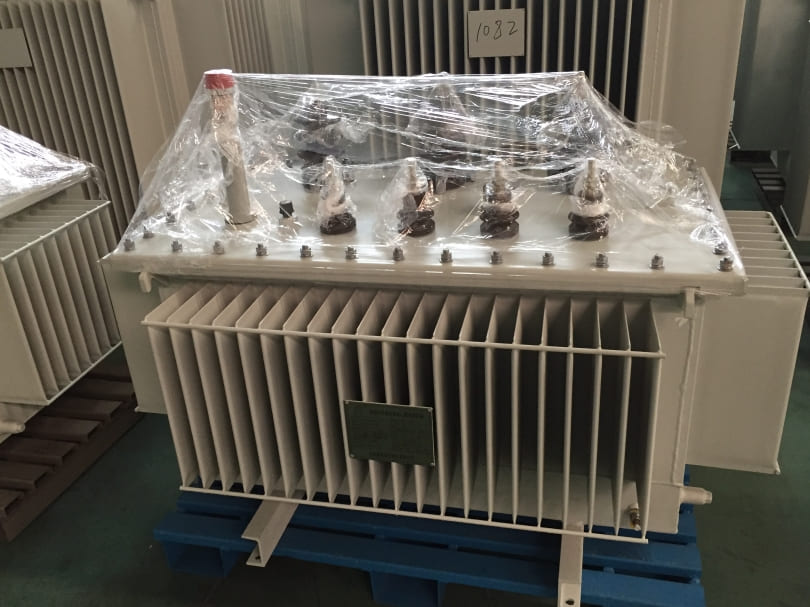Differences between Oil-Immersed Transformer and Rectifier Transformer:
1. Insulating medium:
Oil-immersed transformer: Uses insulating oil (usually mineral oil or silicone oil) as the primary insulating and cooling medium.
Rectifier Transformer: Typically also uses insulating oil, but is primarily designed to be connected to a rectifier to convert AC to DC.

2.Use:
Oil-immersed transformer: used in general power transmission and distribution systems to provide insulation and cooling functions.
Rectifier transformer: Specifically designed to be connected to a rectifier to convert AC power to DC power, typically used in DC transmission systems and industrial DC power systems.
3. Cooling system:
Oil-immersed transformer: Insulating oil not only acts as an insulating medium, but also acts as a coolant, dissipating heat through oil flow or oil cooling equipment.
Rectifier transformer: Oil is also required as an insulating medium and for cooling the rectifier.
4. Design and working principle:
Oil-immersed transformer: Mainly designed to provide voltage conversion and current distribution, suitable for AC systems.
Rectifier Transformer: In addition to providing voltage conversion and current distribution, it is specially designed to be connected to a rectifier to convert alternating current to direct current.

5Environmental suitability:
Oil-immersed transformers: Can be used in indoor or outdoor environments, depending on the design and installation of the transformer.
Rectifier transformer: Typically larger and may be more suitable for outdoor environments such as DC transmission stations.
Overall, oil-immersed transformers and rectifier transformers differ in design, purpose and operating principles, and the choice depends on specific application needs, environmental conditions and maintenance and operating cost considerations.

Tags:
Enameled Wire Copper wire Aluminum wire Enamelled wire Aluminum Winding Wire Magnet wire Modified polyester Round copper wire Heat resistance Enameled aluminum wire